All You Need to Know about Cartoning Machines
How much do you know about secondary packaging? Apart from additional protection, secondary packaging enhances branding and facilitates displaying and storing products. Boxes, cartons, and shrink wraps are common forms of secondary packaging. Yet, when it comes to the most popular packaging, cartons are a preferred choice for many industries.
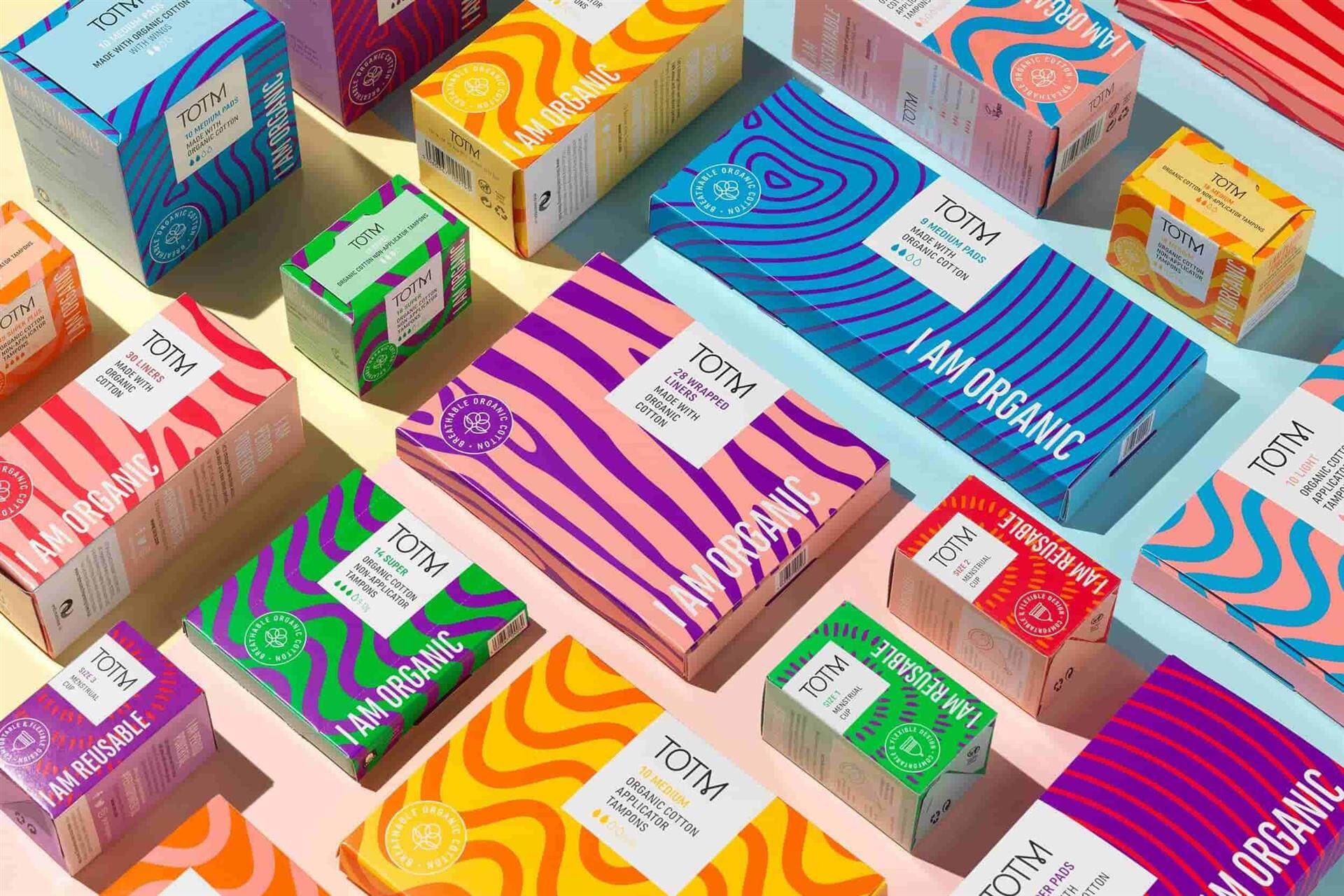
How do you enclose your product efficiently with a carton? A cartoning machine is all you need. What is a cartoning machine? How does a cartoning machine work? What are the main components of cartoning machine? If you intend to invest in such a machine, having basic knowledge about it is crucial. That's why we came up with this article to help you out.
What is a Cartoning Machine?
No matter what industry you're in, you can come across cartoning machines everywhere. As the name suggests, cartoning machines or cartoners are a type of equipment used to package products with cartons. These machines turn a flat sheet of folding carton blank into a desired shape. The formed carton is filled by the cartoner with one or multiple bottles, jars, cans, or bags of products.
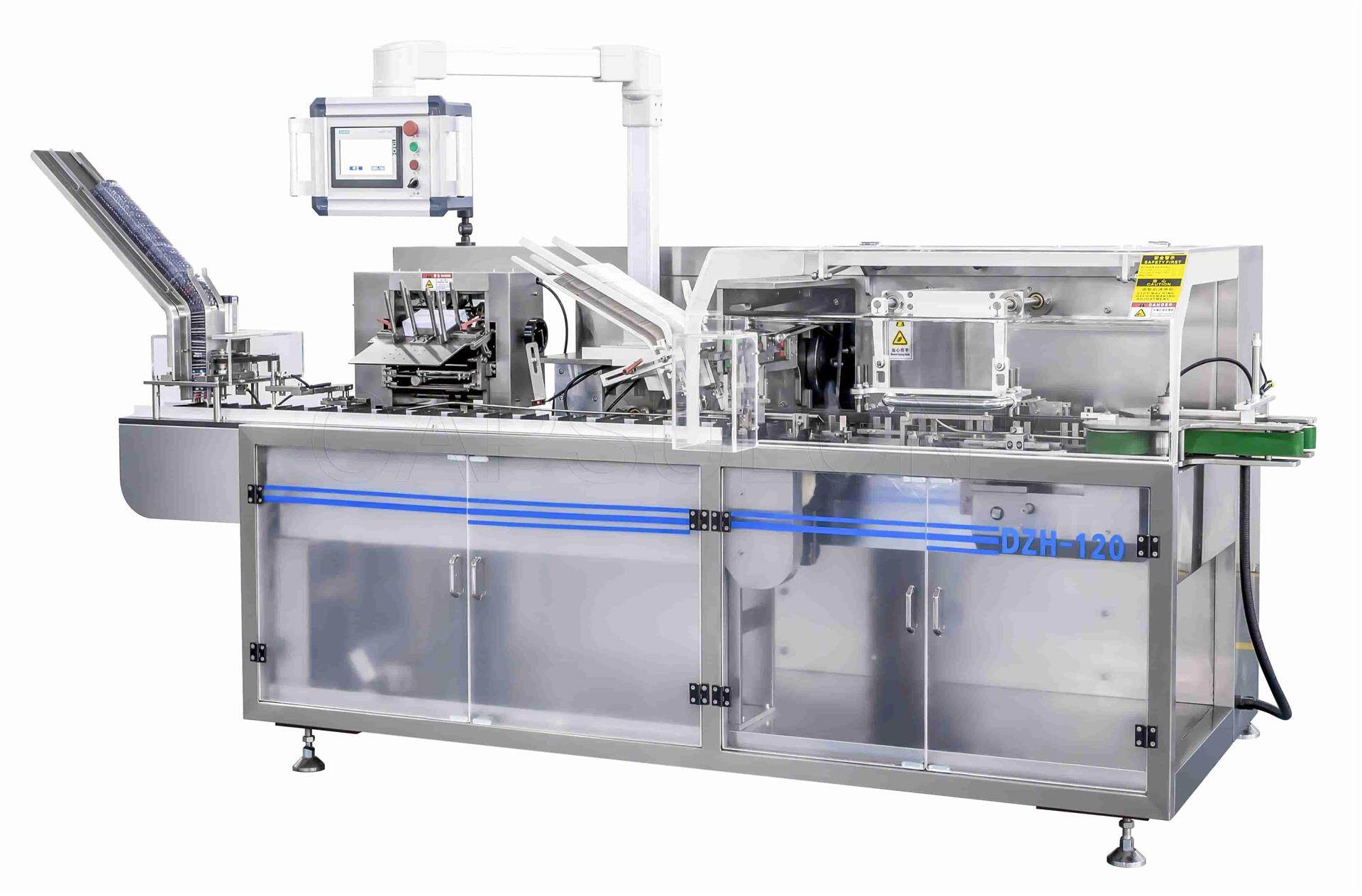
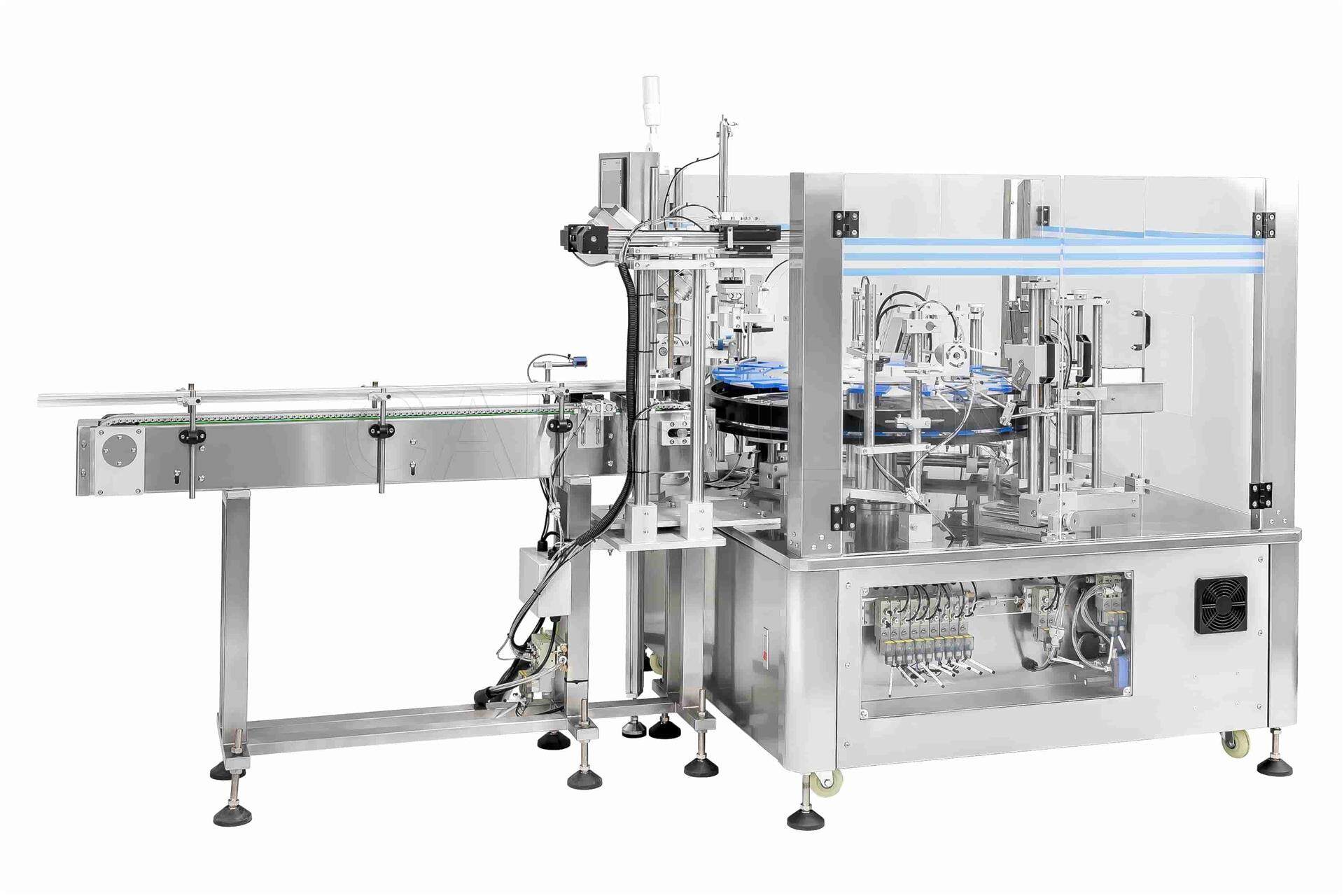
Cartoning machines are designed to erect carton blanks, load products to be packaged into formed cartons, and close or seal the cartons in an automated fashion. They can be customized to accommodate various cartons and load products using different methods. Cartoning machines are a versatile option for a wide range of applications.
What Are the Different Types of Cartoning Machines?
Like many other packaging machines, cartoning machines come in various types. For example, semi-automatic and fully automatic models are available depending on the degrees of automation. Based on the packaging speed, these machines can be in continuous and intermittent motion. In addition, cartoning machines can be configured as horizontal and vertical cartoners depending on how the product is loaded into the carton.
Here, we will dive deep into the horizontal and vertical options.
Horizontal Cartoning Machine
A horizontal cartoning machine is also considered an end-load cartoner. The machine picks flat carton blanks one by one from a magazine and erects it. Then, the cartoner loads or pushes a product or multiple products horizontally into each formed carton through an open side end. The product loading action can be performed by hand or automatically based on the machine configuration. Next, the end flaps of each filled carton are folded and closed by tucking. Depending on the specific packaging needs, the carton flaps can also be sealed using adhesive or glue.

Horizontal cartoners are ideal for packaging bulk goods such as blister packs, sachets, and tubes at high speeds. As a result, these secondary packaging machines are the most commonly used cartoner in the packaging lines for various industries.
Vertical Cartoning Machine
Similar to the horizontal one, a vertical cartoning machine takes a single sheet of carton blank from a magazine, erects it, and keeps it upright. Then, the cartoner places a product and multiple products into the formed carton vertically from the open top end. Like horizontal cartoners, these vertical models can also insert products manually or mechanically. Next, the end flaps are tucked into each other to enclose the carton. Also, some vertical cartoners use hot melt glue for closure.

Vertical cartoning machines typically feature a short infeed system. This makes them ideal for relatively delicate products. If you're going to handle jars, vials, or free-flowing products like candy and pasta, vertical cartoners are great choices.
Horizontal Cartoners Vs. Vertical Cartoners
What are the differences between horizontal cartoning machines and vertical cartoning machines? Here's a comparison table to help you get a clear understanding of the two cartoners.
|
Feature |
Horizontal Cartoning Machine |
Vertical Cartoning Machine |
|
Product Orientation |
Horizontal |
Vertical |
|
Loading Direction |
Top or side |
Bottom |
|
Ideal Products |
Flat, stackable (blister packs, sachets, bottles, tubes) |
Difficult-to-stack or bottom-filled products (pouches, bottles, jars, cans) |
|
Adjustability |
Highly versatile, adjustable for various product dimensions |
Capable of handling complex products with multiple components |
|
Footprint |
Small |
Larger |
|
Space Requirement |
Suitable for limited space |
Requires substantial space |
|
Speed Capability |
Generally lower speed |
High-speed capability |
|
Best Suited For |
Limited space, versatile product sizes and shapes |
High-speed production, complex products, difficult-to-stack items |
How Does a Cartoning Machine Work?
If you have a rough idea of "what is a cartoning machine," let's explore the machine's working principle. Understanding the inner workings of a cartoner will help you operate the machine more efficiently. Below is a breakdown of the typical cartoning process.
STEP 1 Product and Carton Blank Loading
A stack of products and carton blanks are loaded into separate magazines of the cartoner manually or automatically.
STEP 2 Product and Carton Blank Feeding
Products are fed into the machine automatically. The cartoner employs vacuum suction cups to grip carton blanks and feed them one by one into the machine.
STEP 3 Carton Erecting
Cartons are erected by integrated suction cups and placed into a carton carrier with end flaps open.
STEP 4 Product Insertion
Products are pushed by hand or a servo-driven inserter into the formed carton from the side or top.
STEP 5 Carton Closing
Once filled with products, the carton is closed using a flap tucker or sealed by applying hot melt glue or adhesive.
STEP 6 Carton Discharge
Once closed, the cartons are discharged from the cartoner or transported to the downstream equipment. This step can be done manually or via a conveyor system.
Optional Additional Steps
Additional steps, such as a leaflet or promotional material, coding, and labeling, can be included depending on packaging needs.
What are the Benefits of Using a Cartoning Machine?
Why are cartoning machines well-received by so many industries? These machines offer a broad range of advantages. Let's take a look at the benefits of employing this secondary packaging machine in your operations.
- Increased Efficiency
Whether semi-automatic or fully automatic models, cartoning machines can help enhance packaging efficiency. These machines complete the cartoning process faster and more precisely than manual operations. Also, because of automation, cartoners can handle large-batch production continuously.
- Reduced Costs
Although the initial investment in a cartoning machine seems significant, the equipment can save you money in the long run. For example, thanks to automation, many workers can be replaced by the cartoner. This helps save significantly on wages each year. In addition, it can cut costs for high-volume production.
- Consistent Product Quality
Mistakes are inevitable when manual labor is involved in packaging operations. With an automated cartoner, you can avoid unwanted errors and variations. Though it's impossible to guarantee that it is 100% error-free, using a cartoning machine can ensure your product is packaged up to standard.
- Versatility and Customization
Cartoning machines are versatile and can be customized. They're engineered to handle a wide range of carton shapes and sizes. Also, they can be equipped with custom features to meet specific packaging needs. These advantages enable your company to manage diverse packaging projects.
- Improved Safety
When using machinery, safety is very important. Cartoning machines come with several moving parts. So, they typically boast protective shields, emergency stop mechanisms, and other safety features. These safety features not only help your operators avoid health hazards but also protect the machine from accidental damage during packaging.
What are the Uses of Cartoning Machines?
Cartons have been the most popular packaging option since the early 19th century. This makes cartoning machines a must-have across various industries. Some of the common applications are as follows:
Pharmaceutical: Blister packs, vials, syringes, bottles, etc.

Food: Cereal boxes, canned goods, snack bars, frozen food, etc.

Beverage: Juice boxes, milk cartons, drinks, etc.
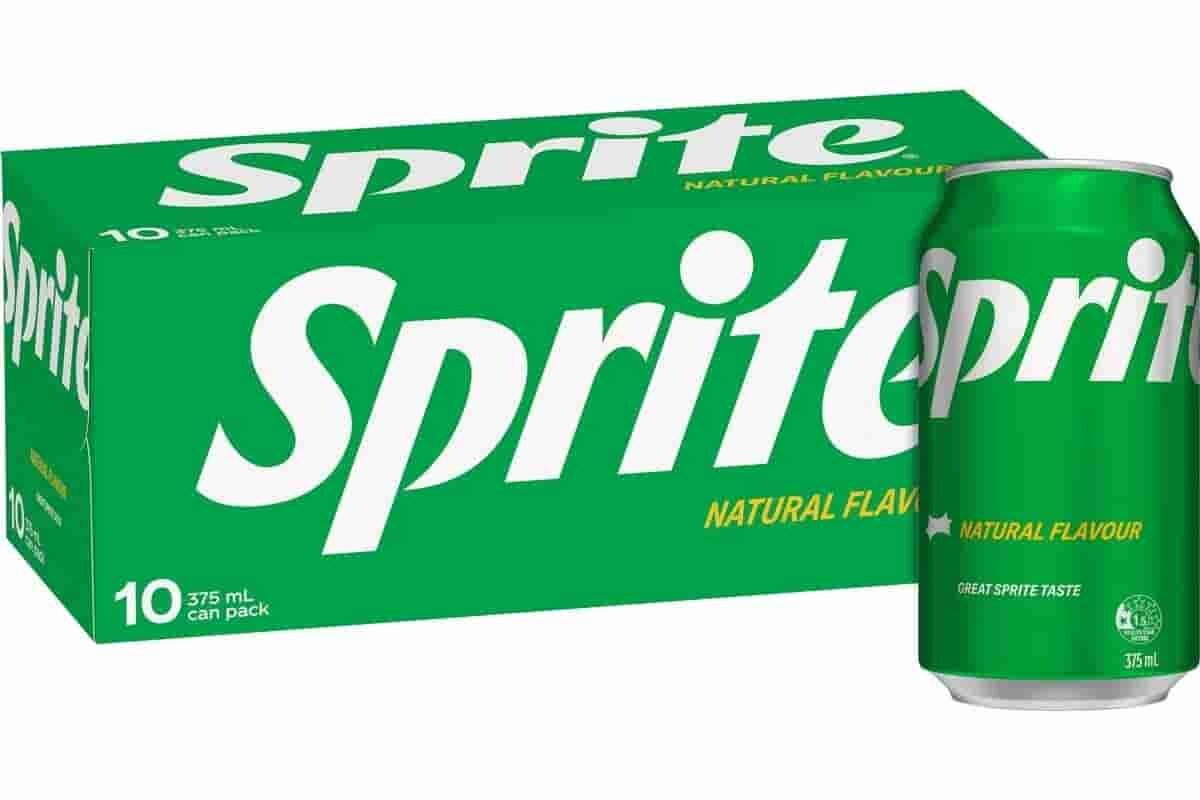
Cosmetics and Personal Care: Creams, lotions, makeup kits, etc.

Household Goods: Soap bars, detergent packets, tissue boxes, etc.
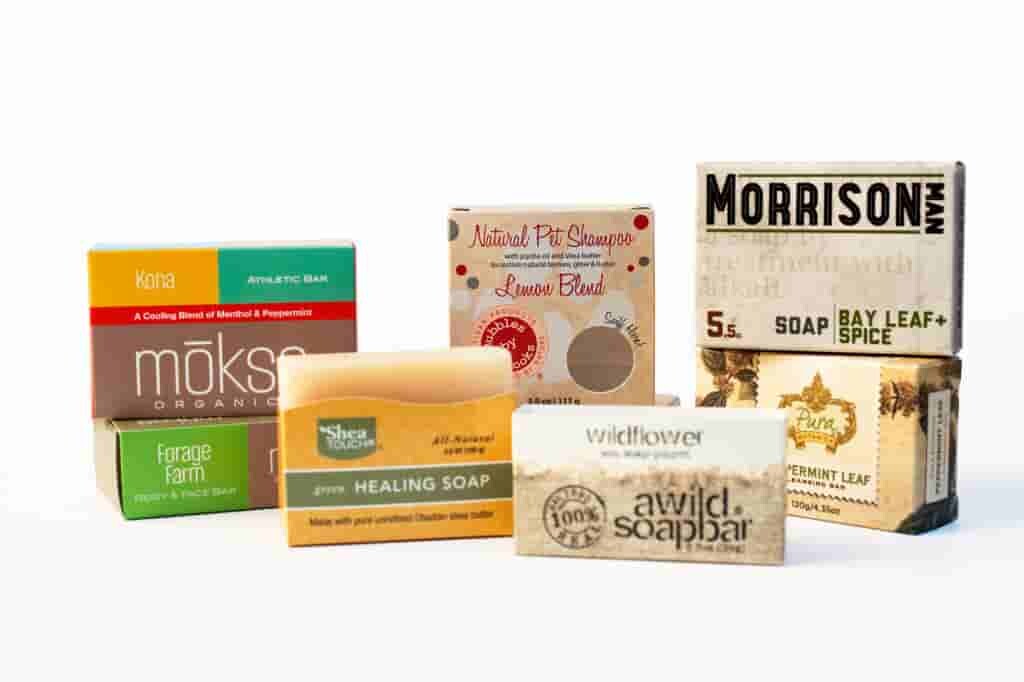
Electronics: Batteries, cables, small gadgets, etc.

Contact iPharMachine for Your Cartoning Needs
A cartoning machine can be an invaluable addition to your packaging line. Choosing the right cartoner is essential. If you're looking for a new cartoner, we're glad to offer you expert help. At iPharMachine, we have a wide selection of cost-effective, tailor-made packaging solutions. We're confident we can help you find the best fit. Contact us today for more information.
Leave your comment
Also Offers


Containment Automatic Capsule Filling Machine SFK-703

Fully Automatic Dosator Capsule Filling Machine CZ-40

Our Team
As an expert in the pharmaceutical and pharmaceutical packaging industry, iPharMachine has provided solutions for hundreds of pharmaceutical and health product manufacturers for 17 years. By visiting customers, we get good reviews from our customers.
- info@ipharmachine.com
- English Español Deutsche







